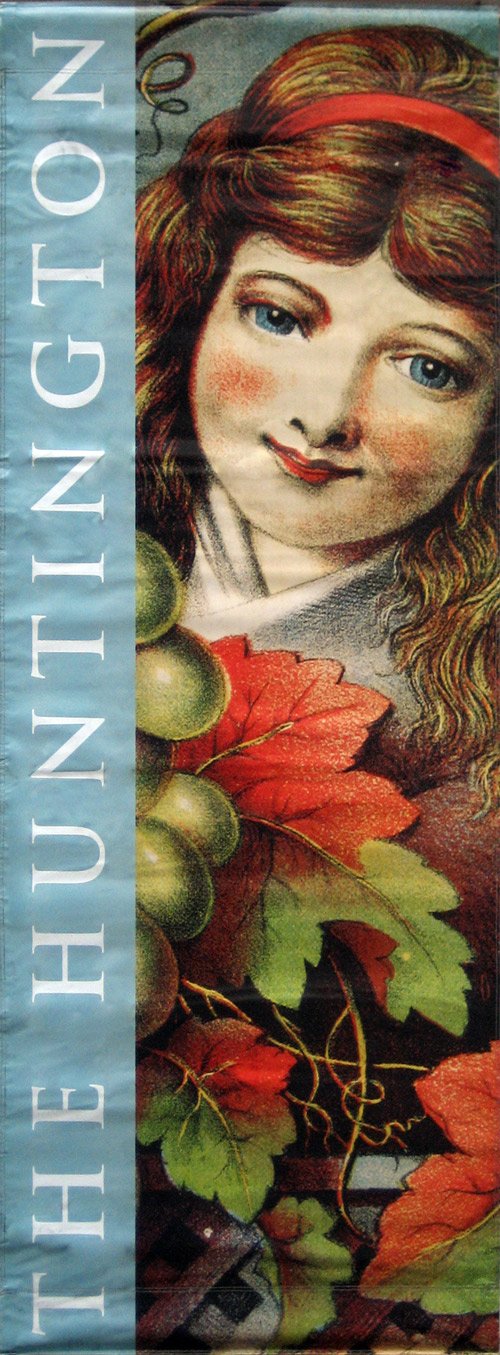Collection: American Lithography
As manufacturers and merchants discovered that attractive product labels often had more influence on customers than the product itself, the race was on to create images that pleased. Graphic design as we know it today grew out of the development of improved printing methods. Advertising thrived, especially after the Civil War, and one quick, high-volume, low-cost way was through printing trade cards, in color of course. This persisted until the 1890s when American businesses turned to newspapers and magazines to get the word out about their products. But color lithography did not just give rise to consumerism, it also brought art, literature and music to the masses. Now art prints, books with colorful illustrations and sheet music could be distributed more widely.
The well-known game maker, Milton Bradley, was first a successful lithographer. In 1860, he created and printed The Checkered Game of Life, a simple board game in black ink, which had good sales. He decided that given his knowledge of lithography, he had the ideal combination for business success. Just ten years later, he became a leader in the American game industry.
The well-known game maker, Milton Bradley, was first a successful lithographer. In 1860, he created and printed The Checkered Game of Life, a simple board game in black ink, which had good sales. He decided that given his knowledge of lithography, he had the ideal combination for business success. Just ten years later, he became a leader in the American game industry.
-
Rancho Chico "Muscatel Raisins" Lithograph
Vendor:The HuntingtonRegular price $415.00 USDRegular priceUnit price / per

